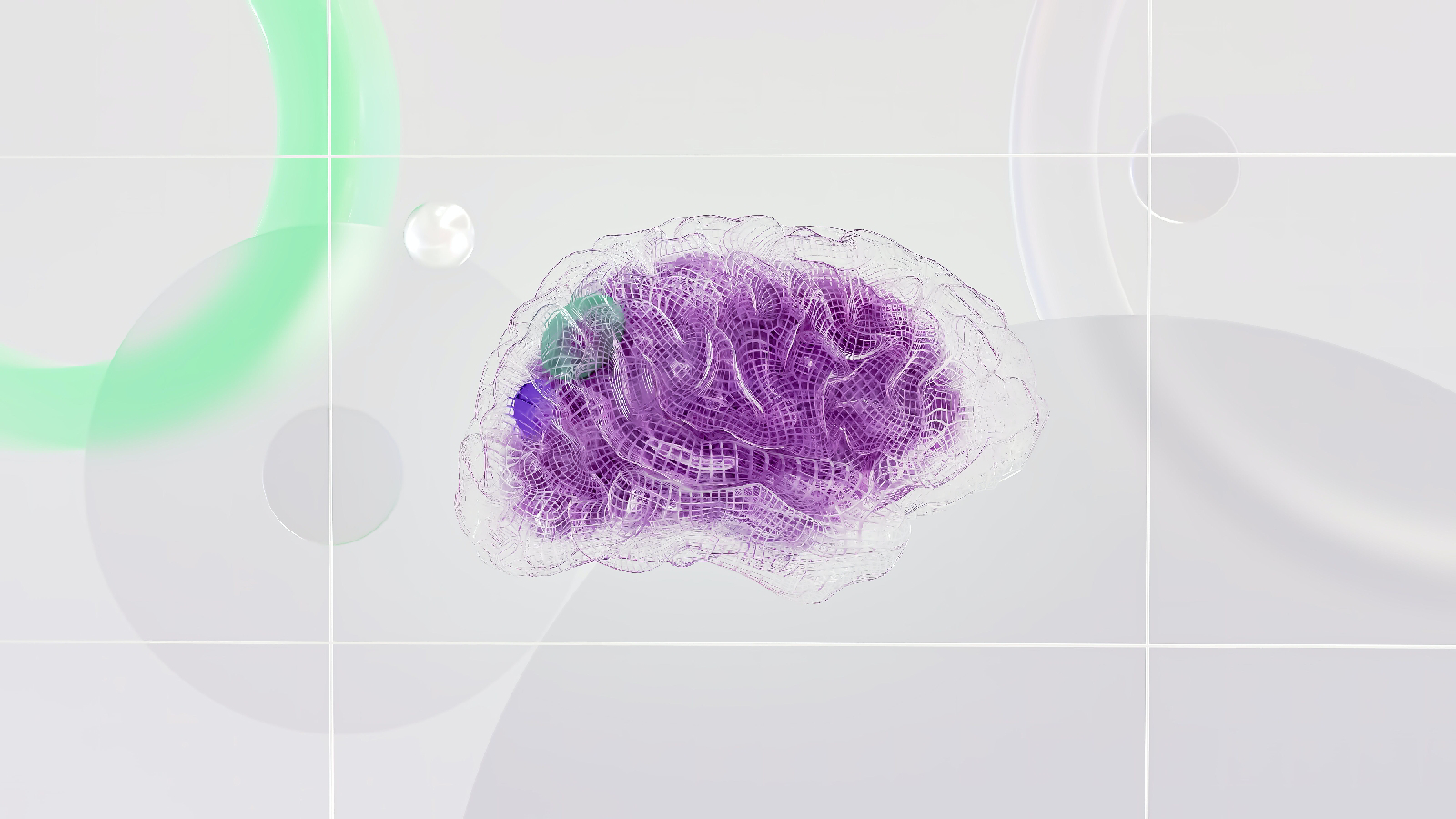Neural Interfaces: Bridging Minds and Machines for a Connected Future
Understanding Neural Interfaces
Neural interfaces, also known as brain-computer interfaces (BCIs), establish a direct communication pathway between the brain and an external device, such as a computer or prosthetic limb. These interfaces decode neural signals from the brain and translate them into commands that can control external devices or receive inputs from them.
The Intricacies of Brain-Machine Interaction
At the core of neural interfaces lies the ability to decode neural activity. Electrodes implanted in or placed on the brain pick up electrical signals generated by neurons. Advanced algorithms then interpret these signals, enabling users to control devices through their thoughts or receive sensory feedback directly into their brains.
Applications Across Diverse Fields
The potential applications of neural interfaces span numerous domains. In the medical realm, BCIs offer hope to individuals with paralysis or neurological disorders by enabling them to control robotic prosthetics or interact with assistive technologies through thought. In the realm of research, they facilitate the study of brain function and help unravel mysteries surrounding neurological conditions.
Enhancing Human-Machine Collaboration
Neural interfaces also hold promise for enhancing human-machine collaboration. They pave the way for immersive virtual reality experiences, where users can control digital environments simply by thinking. Additionally, they could augment cognitive abilities, allowing for direct information exchange between humans and computers at unprecedented speeds.
Ethical Considerations and Challenges
Despite their potential, neural interfaces raise ethical considerations and technical challenges. Issues related to privacy, security, and the potential misuse of brain data need careful deliberation. Furthermore, enhancing the reliability and safety of these interfaces remains a significant technical hurdle.
Towards a Connected Future
Neural interfaces represent a step towards a future where the boundaries between human cognition and technological capabilities blur. They offer a glimpse into a world where individuals can seamlessly interact with technology using only their thoughts, revolutionizing how we communicate, work, and experience the world around us.
Conclusion: A New Era of Connectivity
As neural interfaces continue to evolve, they hold the promise of unlocking new frontiers in human-machine collaboration. By forging direct connections between minds and machines, these interfaces herald an era of unparalleled connectivity, transforming the way we interact with technology and envisioning a future where the limitations of physical interfaces become a thing of the past.




Comments
Post a Comment